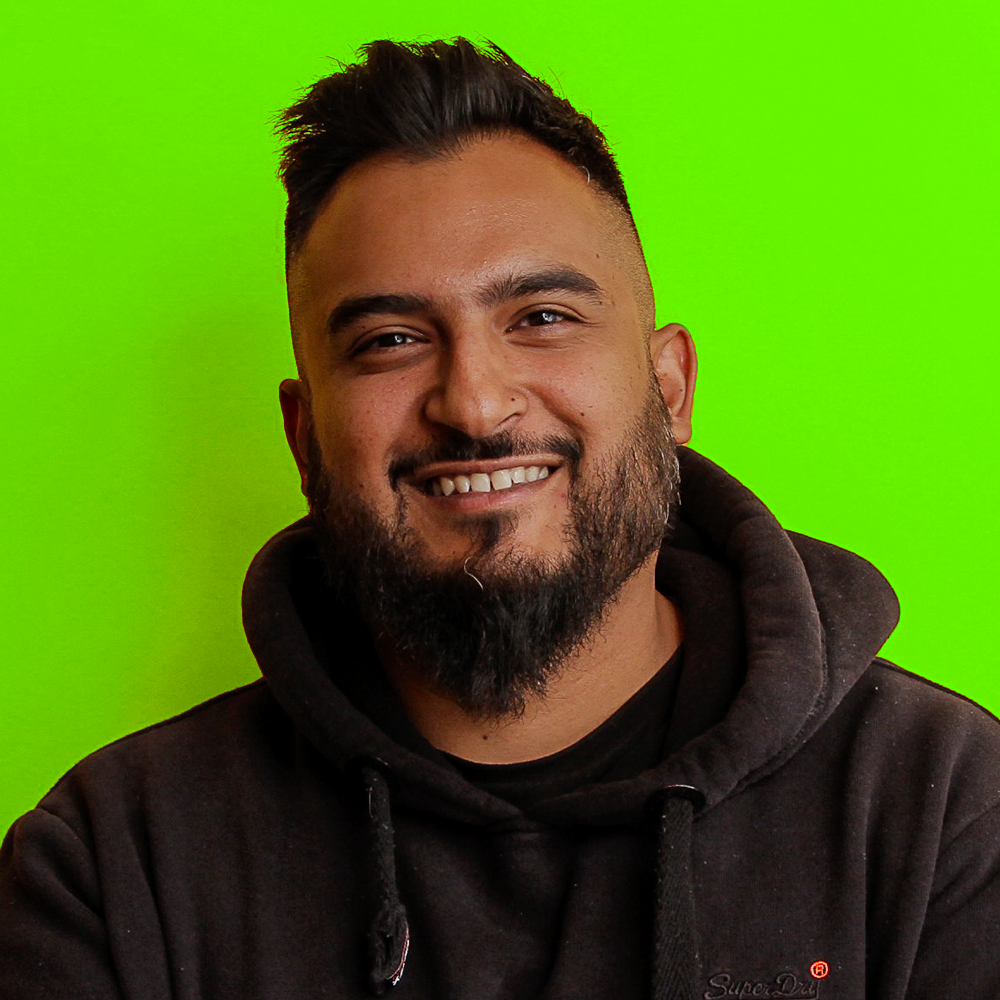Practice in Praxis Part 1 - A Blog Series
Introduction
Hey there, and welcome to the first instalment of my two-part blog series, inspired by the Retro Rabbit conference talk I recently had the pleasure of delivering. I'm Mohit Sooka, and I'm hyped to share some of my experiences and insights with you.
Over the past few years, I've had the distinct privilege of leading four diverse design teams, each with their own set of unique challenges and sweet victories. Through these adventures, I've unlocked the secret sauce of high-performing design teams or, as I like to call them, "design micro-practices."
In this two-part blog series, I'll be sharing the key learnings that have fueled my journey in building and leading successful micro-practices, with the aim of offering practical and actionable advice for various design team settings. Whether you're a designer, a design leader, or someone who likes to play with designers, I hope to ignite a spark of new ideas and inspiration as we delve into the captivating world of design micro-practices. Feel free to engage with us in the comments section for any questions or thoughts you may have. Thanks for joining me on this epic journey, and let's kick off Part One with a bang!
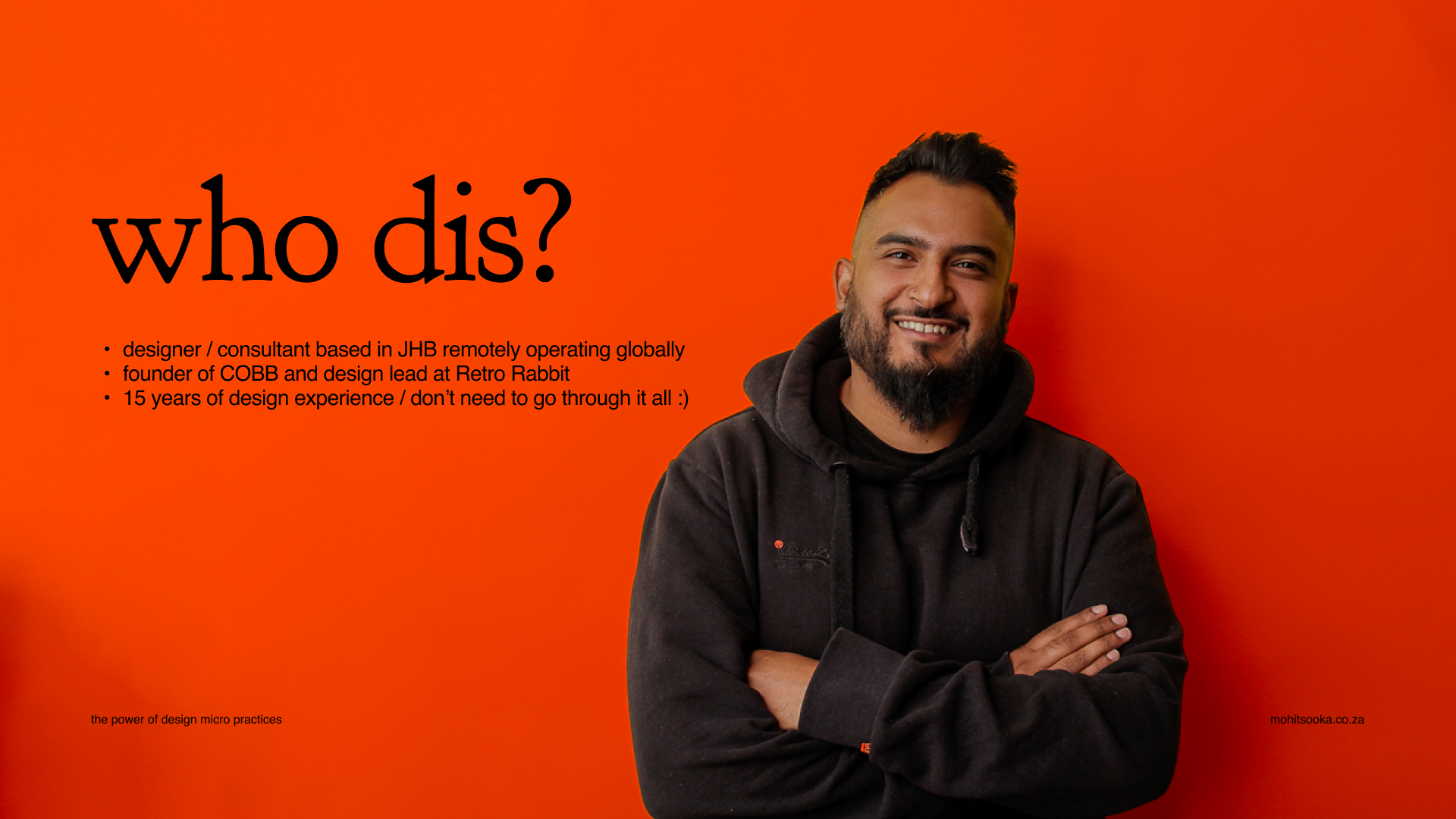
About me
I’m a designer and consultant, based in Johannesburg, South Africa, but blessed to currently be designing across the globe, with current clients in Johannesburg, Chicago and Berlin. My focus right now is in product design and I’m passionate about using design and technology to solve unique business problems.
I’m not going to go through my whole career with you today but I’ve got about over 15 years of experience in the design and technology sector, and I have developed a wealth of knowledge and expertise in the field. I currently run my own design and development agency, Can O' Baked Beans, while also serving as a design lead at Retro Rabbit.
Now that you have some background on my experience, let's dive into the concept of micro-design practices and how it has evolved throughout my leadership of different teams. Instead of presenting a dull list of lessons, I'll share stories from various micro-design practices I've led, which will be distilled into specific characteristics contributing to successful design micro-practices and product development environments in the second part of the series. For now, let's dive into the first team and design micro-practice.
Micro-Practices I’ve lead
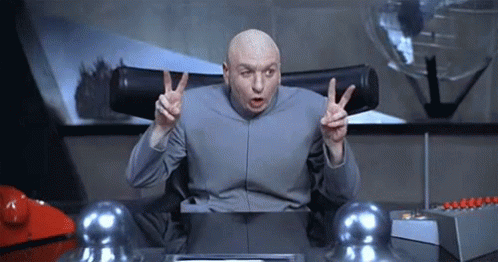
Team 1
In my recent role at Retro, I had the unique opportunity to steer the design helm for a major medical aid provider, where an internal product house was making a notable transition into a new identity. This new team, an integral force in the company's vast landscape, operates sort of like an internal digital agency, delivering seamless digital experiences to millions. As a Design Lead, I navigated this expansive digital ecosystem, refining interfaces that members depend on each day. Our work, spanning immense scale and impact, underscores this team's vital role in employing innovative, data-driven solutions to uphold the company's dedication to superior healthcare. This experience was about steering flagship projects, maintaining high-velocity design deliveries, and fostering a design culture amidst a healthcare-focused digital transformation.
When I joined the team, I inherited a group of three junior designers and one intermediate designer; the senior designer who was previously “leading” the team had left. It was a challenging situation for me, as I didn't get to grow with the team from the beginning and had to jump in and disrupt their existing way of doing things.
What I found in the team’s design practice was disappointing. Design was not prioritized, and the team lacked motivation and an appetite for excellence. Uninspired designs and poorly maintained files made it difficult for designers to work with each other and deliver their best work.
However, I realized that this wasn't their fault. They were not aware of the bigger picture, nor of the importance of things like maintaining file consistency or creating and utilising design systems. As junior designers, they were mainly focused on their own work and not the team's overall success. I guess this is a lesson I took from working at startups where the expectation is for everyone to be proactive and seeing a bigger business objective.
I was a disruptive force, shaking things up by implementing new processes like using design components and maintaining file consistency. I asked them to layer their files and use proper file naming for instance, which was challenging for them as no one had ever asked them to do that before. No one had challenged them to push themselves. However, this swift approach backfired. The changes proved too abrupt, and the team struggled to adapt, marking this first practice as a failure due to my oversight in fully understanding the existing dynamics and rhythm of the team.
Through this experience, I learned the importance of understanding the existing team dynamics, building relationships, and having more empathy. I learned that I came in too hot, trying to prove my value. I had something to prove and I had an ego. I learned a lot from this experience, especially when it comes to the importance of building relationships and understanding the existing team dynamics before introducing significant changes. I guess I wasn’t very empathetic and wasn’t very humble. But on to the next song.
Team 2
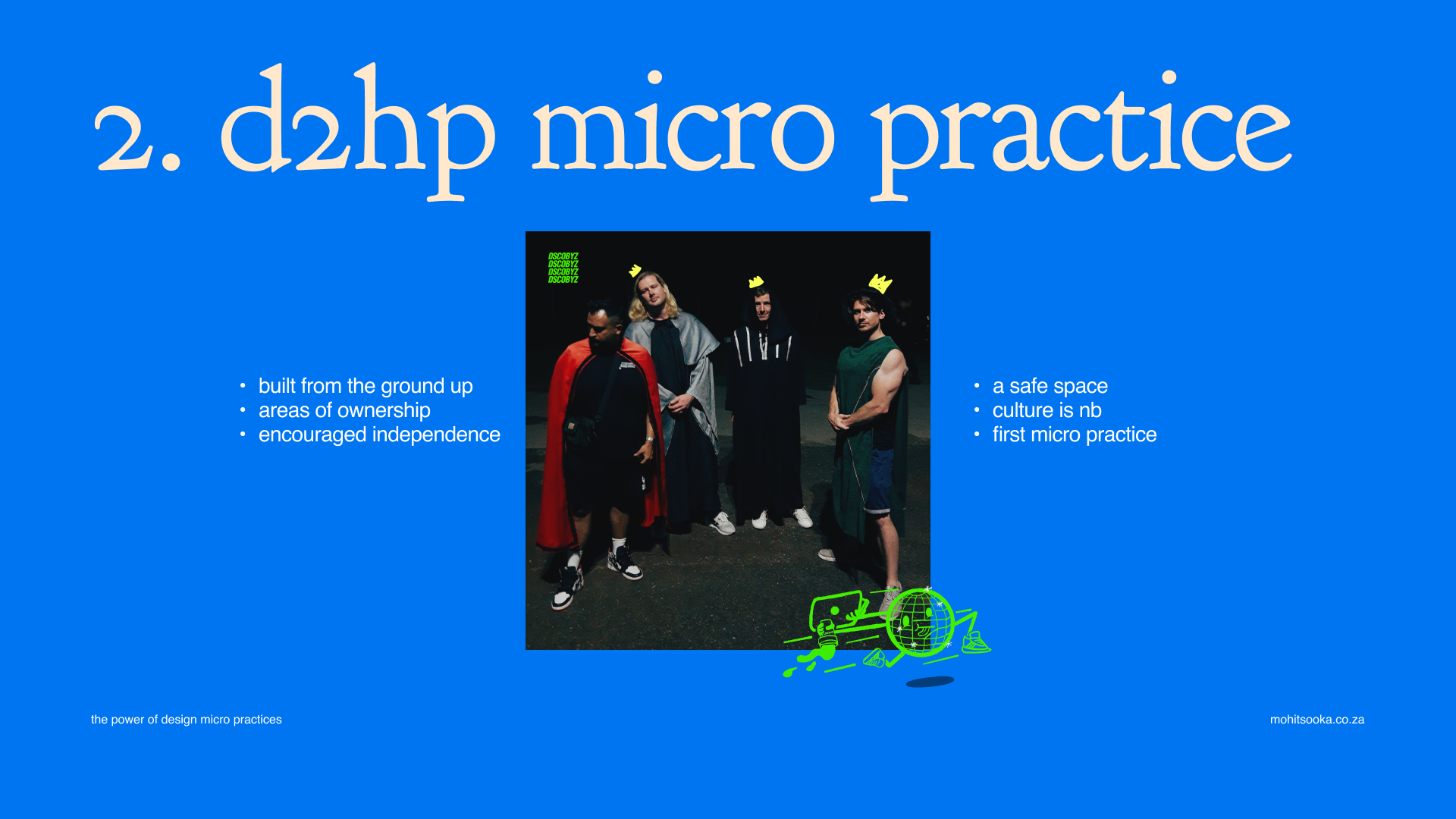
My next team was a blessing to work with, as I was able to onboard each member individually and establish a strong sense of teamwork and ownership. I made it clear to each team member what their role was and how they were going to help support the team. I emphasized the importance of a team-driven approach and accountability, and each team member understood and embraced their area of ownership.
Gideon was the first person to join the team, and his area of ownership was accessibility in design. He was passionate about this topic and took it upon himself to learn as much as he could about it and bring back his knowledge to the team. Arno, with a focus on consistency and systems, rapidly established himself as an authority on design systems, serving as the team's design librarian. Tim, on the other hand, emphasised the vital role of culture, teamwork, collaboration, kindness, and discipline in design. He took ownership of our product's member experience and emerged as a true leader within the team.
One of the key lessons that I learned from this team was the importance of independence and ownership. I realized that I couldn't do everything myself, and I needed to work with each team member face-to-face and empower them to take on their area of ownership. Each team member had something unique to contribute, and by working together, we were able to achieve great things.
Additionally, I learned about the importance of culture and kindness in the workplace. Small gestures like greeting each other in the morning or supporting each other in Figma can go a long way in creating a comfortable and safe environment for open communication and collaboration. This team was able to establish a safe space where everyone felt comfortable sharing their ideas without fear of judgement or sounding silly.
Overall, leading this team was a great experience for me. I learned a lot about the importance of teamwork, ownership, culture, and kindness in design practice.
Team 3
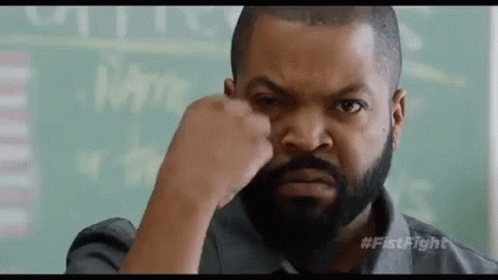
Moving on to my third team, I was excited to leverage the success of the previous team and replicate it with this one. This was a very intense project as we were building a whole new business unit from scratch in a foreign market. Our responsibilities included setting up a product infrastructure with various tools for member-facing mobile and native PWAs, as well as internal service-facing systems and back-end configuration systems.
During this project, I faced a new challenge as I had to manage a senior designer from Georgia for the first time ever. My imposter syndrome kicked in again, and I was initially intimidated by the thought of managing another senior designer. However, I soon realized that his unique technical expertise, acquired from his previous job as a developer, combined with my deep understanding of the business, allowed us to deliver excellent design services together. Despite my initial fears, we learned that our respective design career histories perfectly complemented each other, and we were able to overcome any obstacles as a team.
Clair, a junior designer, brought a unique perspective to our team. She was unafraid to challenge directions and frequently posed 'why' questions instead of the typical 'when', teaching me that not all designers are alike. I remember instructing Clair on certain procedures, only for her to diverge and present her own approach to the client. Although she was often mistaken, there were instances when her intuition proved correct. This humbling experience emphasized the need for open-mindedness, continual curiosity, and flexibility in my approach.
Wrapping up Part One
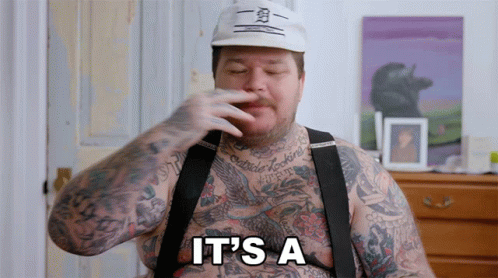
In summary, leading each of the above teams has taught me valuable lessons that I have carried forward with me on my own growth and development journey. My first team taught me the importance of empathy and culture, while the second emphasized the significance of independence and ownership. The third team reminded me to remain flexible and open to new ideas.
As we come to the end of Part One of this blog series, I now find myself leading a fourth thriving micro-practice that comprises a diverse mix of intermediate and junior designers, each boasting unique backgrounds and areas of expertise. Along with intermediate and junior designers from Retro, the new team includes a senior designer from Georgia with exceptional technical skills and a junior designer hailing from a rival design consultancy. Our transformative ways of work have been recognized, and we've even been invited to contribute to the larger design practice beyond our daily deliverables. Our accomplishments stem from embracing the micro-practice approach and applying the lessons learned from my previous experiences with different teams.
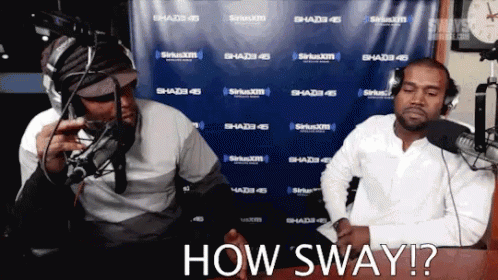
Before you go, keep in mind that there's always more to learn (permanently in beta) and share in our ever-evolving industry. I'm always eager to connect with like-minded individuals, have design DMCs, and work together to elevate the practice of design. Drop me a line at mohit@canobakedbeans.co.za or msooka@retrorabbit.co.za and let’s chat.
Next up, read Part Two, where we'll delve into the individual lessons gleaned from each team and explore how they have contributed to the ongoing success of our current ensemble. Stay tuned!
